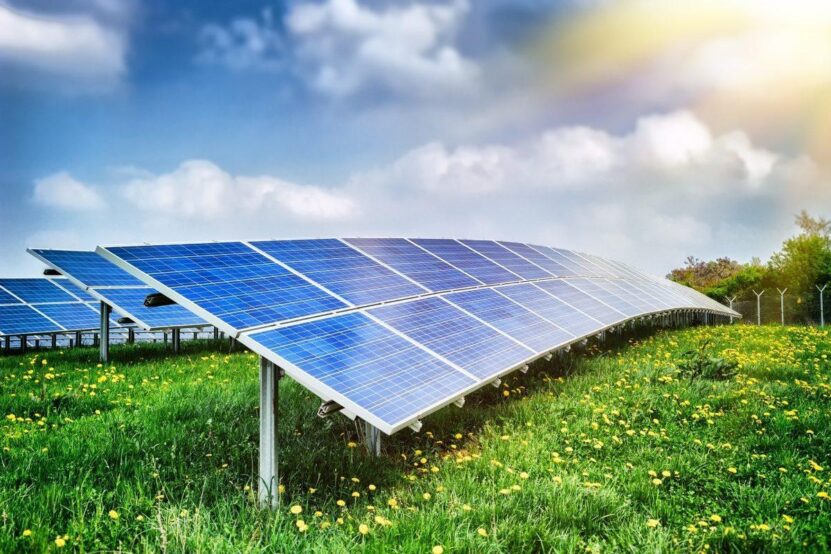Imagine a world where your home or business runs efficiently on energy derived from the sun. Sounds futuristic, right? The truth is, this future is now. Active solar energy systems are at the forefront of this green revolution, transforming how we think about power.
By actively converting sunlight into usable energy, these systems offer a practical and sustainable solution to our growing energy needs. Let’s explore how active solar energy works and why it’s a game-changer.
The basics of solar energy
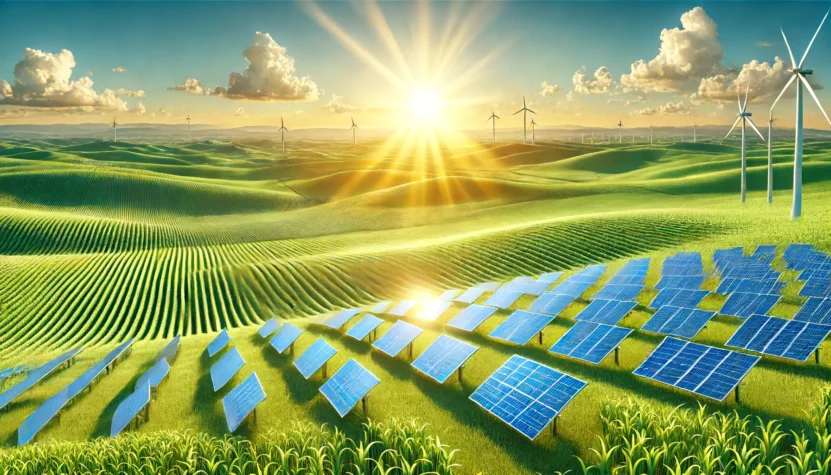
Solar energy is derived from the sun’s radiation. It’s a renewable resource, meaning it won’t run out as long as the sun shines. This energy can be captured and converted into various forms of usable power, such as electricity or heat.
There are two main types of systems: passive and active.
Passive vs. active solar energy
Passive solar energy systems involve architectural designs that maximize the use of sunlight. Think of large windows, thermal mass, and strategic building orientation. These systems don’t use mechanical devices but instead rely on the natural flow of heat and light.
In contrast, active solar energy systems use technology to capture and convert sunlight into usable energy. This can include solar panels, pumps, and fans. The main advantage of active systems is their efficiency and ability to store and distribute energy as needed.
Active solar energy systems are composed of several key components that work together to harness and convert solar power:
1. Solar collectors
Solar collectors, commonly known as solar panels, are the most visible part of any active solar energy system. These panels are made up of photovoltaic (PV) cells that convert sunlight directly into electricity.
When sunlight hits the PV cells, it excites the electrons, creating an electric current.
2. Inverters
Inverters are crucial in converting the direct current (DC) produced by solar panels into alternating current (AC), which is the standard form of electricity used in homes and businesses. Without inverters, the electricity generated by solar panels wouldn’t be usable for most applications.
3. Storage systems
Energy storage systems, such as batteries, store the excess electricity generated by solar panels. This stored energy can be used when sunlight is not available, like during nighttime or cloudy days.
Effective storage systems ensure a reliable energy supply, even when solar production is low.
4. Control systems
Control systems monitor and regulate the performance of the solar energy system. They ensure that all components are working efficiently and help maximize energy output. Advanced control systems can even predict energy production and adjust the system’s operations accordingly.
How it works
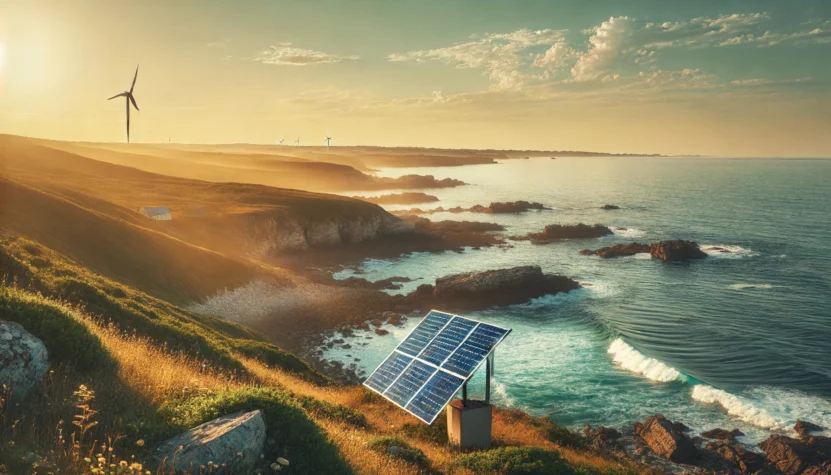
Active solar energy systems work by capturing sunlight and converting it into usable power. Here’s a step-by-step breakdown of the process:
- Capturing sunlight: Solar panels installed on rooftops or open areas capture sunlight. These panels are strategically positioned to receive maximum sunlight throughout the day.
- Converting sunlight to electricity: The PV cells in the solar panels convert sunlight into direct current (DC) electricity. This electricity flows to the inverter, which converts it into alternating current (AC) electricity.
- Storing excess energy: Any excess electricity that isn’t immediately used is stored in batteries or other energy storage systems. This ensures that there is always a backup supply of power available.
- Distributing electricity: The AC electricity is then distributed to power homes, and businesses, or even fed back into the grid. This distribution is managed by the control systems, ensuring efficient and effective energy use.
Applications of active solar energy
Active solar energy systems have a wide range of applications, making them a versatile solution for various energy needs.
Residential use
Many homeowners install solar panels to reduce their electricity bills and carbon footprint. These systems can power everything from lights and appliances to heating and cooling systems. Some homeowners even achieve energy independence, producing more electricity than they consume and selling the excess back to the grid.
Check out also How to Make a Solar Panel with Aluminium Foil.
Commercial use
Businesses use active solar energy systems to cut energy costs and enhance their sustainability efforts. Large-scale installations can power entire office buildings, manufacturing plants, or retail stores.
Industrial use
In the industrial sector, solar energy can power large machines and processes that require significant amounts of electricity. Industries such as mining, agriculture, and manufacturing are increasingly adopting solar energy to reduce their reliance on fossil fuels and improve their environmental impact.
Public sector use
Governments and public institutions are also embracing active solar energy. Schools, hospitals, and municipal buildings are installing solar panels to reduce energy costs and promote sustainability. Public transportation systems, like electric buses and trains, can also be powered by solar energy.
Its benefits
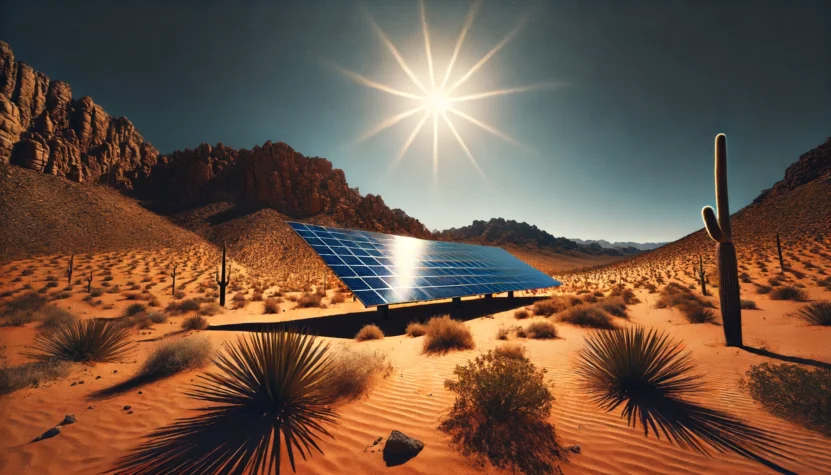
The adoption of active solar energy systems offers numerous benefits, both for individuals and society as a whole.
Environmental benefits
Solar energy is a clean and renewable resource. It reduces greenhouse gas emissions and our dependence on fossil fuels, helping to combat climate change. By switching to solar power, we can significantly decrease our carbon footprint and contribute to a healthier planet.
Economic benefits
While the initial installation cost of solar panels can be high, the long-term savings are substantial. Solar energy reduces electricity bills and can even generate income through net metering, where excess electricity is sold back to the grid.
Additionally, many governments offer incentives and tax credits to offset the installation costs.
Energy independence
Active solar energy systems provide energy independence. By generating your own electricity, you are less vulnerable to energy price fluctuations and supply disruptions. This is particularly important in regions with unstable energy markets or limited access to traditional energy sources.
Job creation
The growth of the solar energy industry has created numerous jobs in manufacturing, installation, and maintenance. This not only boosts the economy but also provides opportunities for skilled workers and supports the development of a green workforce.
Challenges and considerations
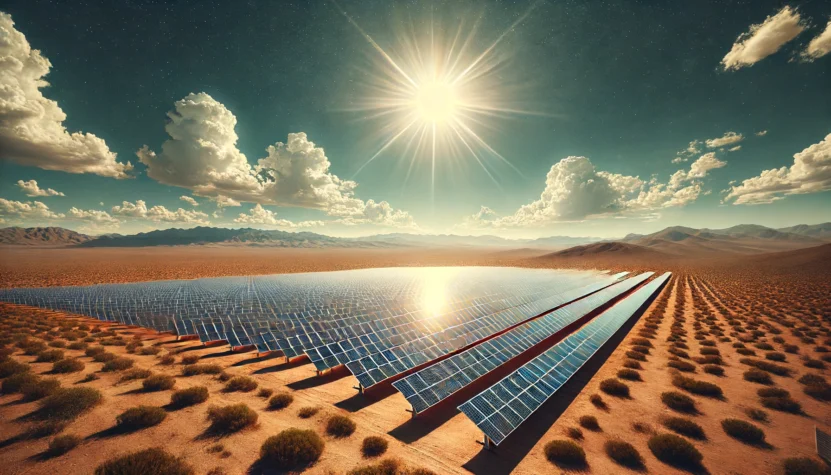
Despite its many benefits, there are challenges and considerations to keep in mind when adopting active solar energy systems.
- Initial costs: The upfront costs of purchasing and installing solar panels can be high. However, the long-term savings and available incentives often outweigh these initial expenses.
- Space requirements: Solar panels require sufficient space for installation. This can be a limitation for some homes or businesses with limited roof space or shading issues. Ground-mounted systems are an alternative but require additional land.
- Energy storage: While energy storage systems are improving, they still represent a significant cost and require space. Ensuring efficient and reliable storage solutions is crucial for maximizing the benefits of solar energy.
- Maintenance: Active solar energy systems require regular maintenance to ensure optimal performance. This includes cleaning panels, checking for damage, and monitoring system components. Proper maintenance can extend the lifespan of the system and enhance its efficiency.
Final words
Active solar energy is more than a trend; it’s a transformative technology that offers sustainable, economic, and environmental benefits. Whether for residential, commercial, or industrial purposes, adopting solar energy is a step towards a greener, more resilient future.

